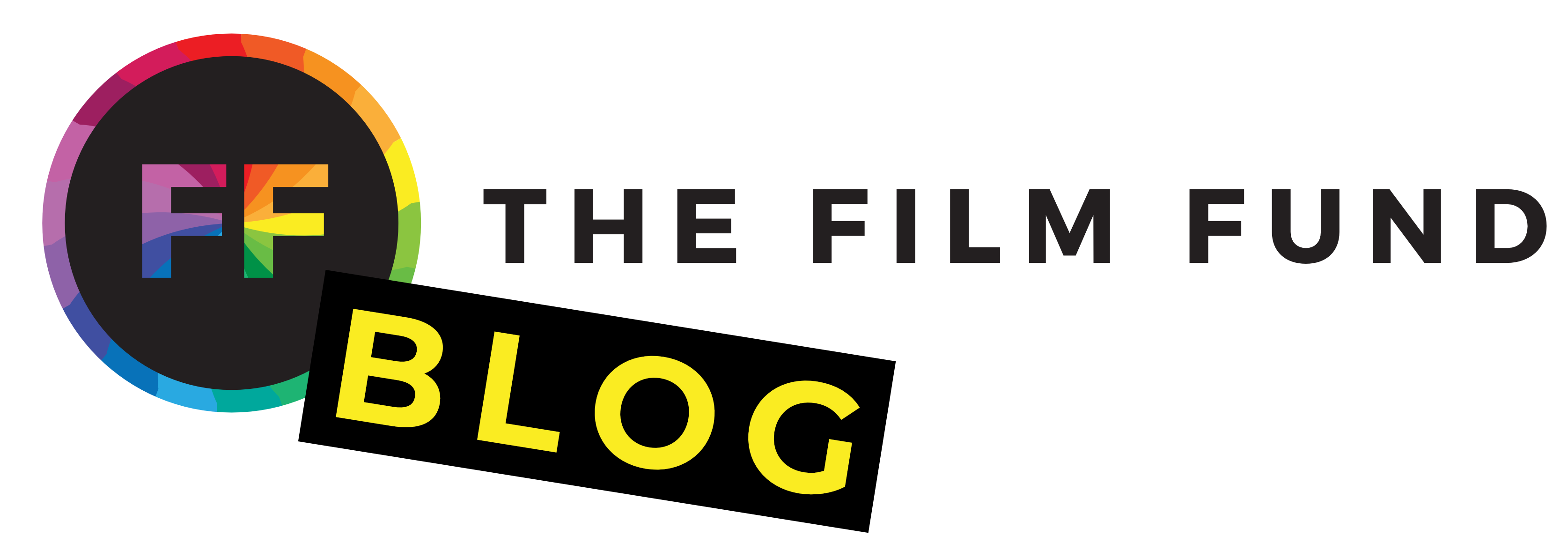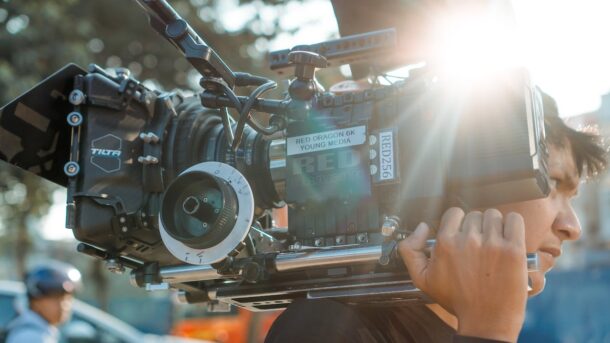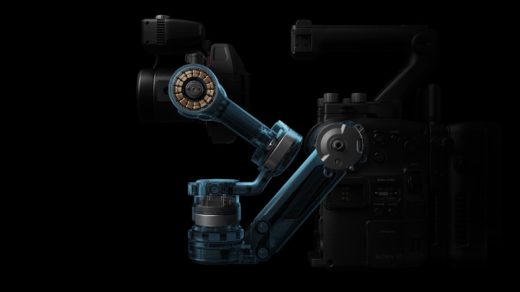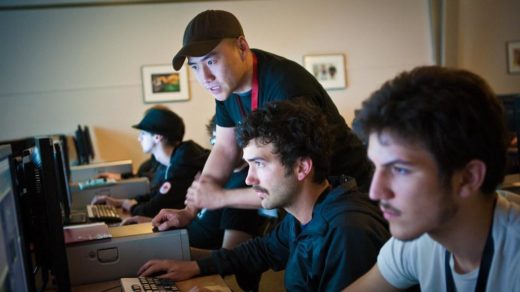In the early days of the film industry, as silent reels captured our imaginations, budding filmmakers learned their craft through immersive experiences and hands-on learning. Now, you can learn all you need for little money and with little face-to-face interaction. As we explore this evolution, we’ll uncover the roots of filmmaking education and how it got to where it is today.
Join us on this captivating exploration through time, as we trace the evolution of filmmaking education from its humble beginnings to the contemporary digital age. Together, let’s unravel the threads that weave the fabric of cinematic education, understanding the past to illuminate the path for future storytellers.
The Early Reel: Foundations of Filmmaking Education
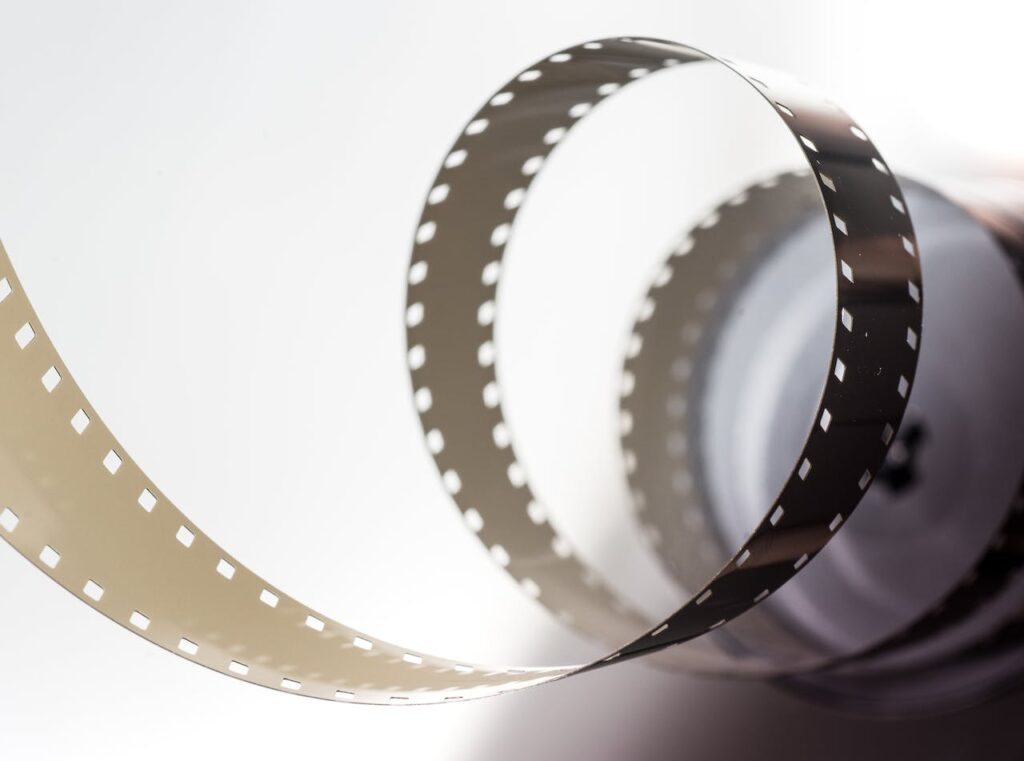
In the quiet hum of the silent era, where dialogue was conveyed through expressive visuals, the foundations of filmmaking education were laid. Picture a time when the screen spoke through visual storytelling, and aspiring filmmakers learned through immersive experiences. These early pioneers of the craft were not bound by classrooms but rather embraced the hands-on nature of learning to wield the camera and capture the essence of a story in each frame.
Apprenticeship
The essence of filmmaking education in its infancy revolved around the apprenticeship model. Passionate individuals would find themselves under the mentorship of experienced filmmakers, absorbing the nuances of the craft through practical, on-the-job training. This approach instilled not just technical skills but also a deep appreciation for the artistry and storytelling aspects of filmmaking. Apprenticeships still exist today for those interested in an alternative to modern film education methods!
Learning From One Another
While formal education was not as prevalent during this period, the camaraderie and mentorship within the film community played a crucial role in shaping the next generation of storytellers. It was an era where the love for filmmaking was passed down from one generation to the next, creating a legacy that celebrated the creative spirit.
As we reflect on the early reel of filmmaking education, it’s evident that the roots of this art form were firmly planted in passion, creativity, and a hands-on approach to learning. The legacy of these early days still echoes in the industry, reminding us that, at its core, filmmaking is a craft that blossoms when nurtured by a community of dedicated individuals sharing the love for storytelling through the lens.
Golden Age of Hollywood: Formalizing Film Education
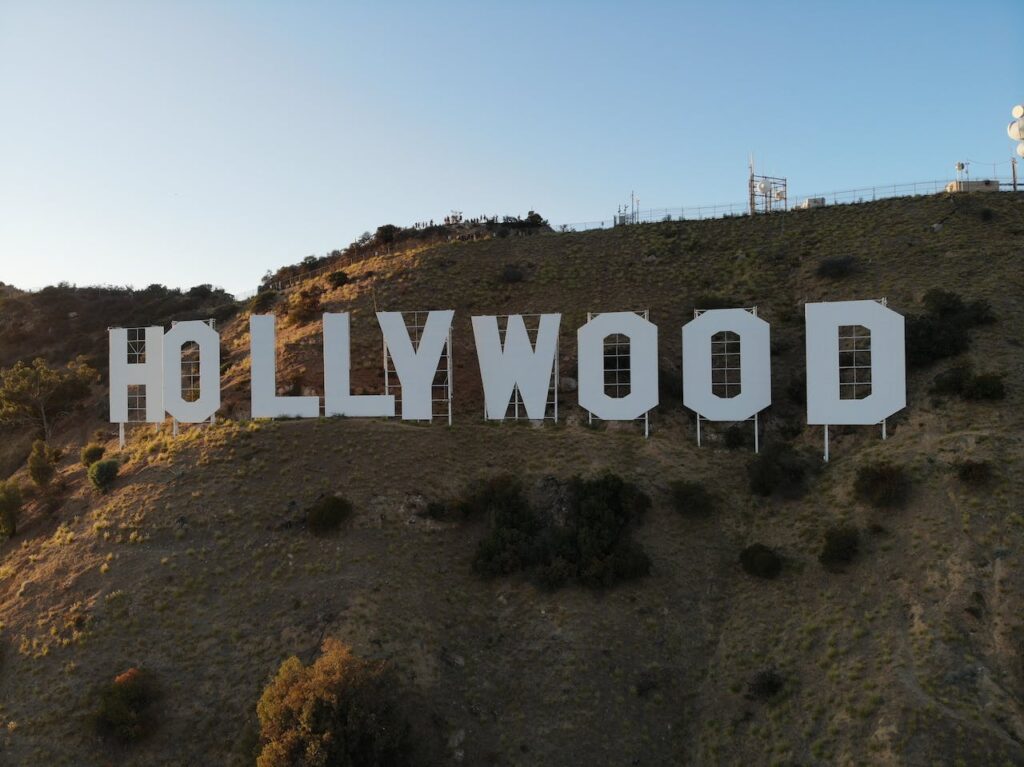
As the silver screen blossomed into the iconic Golden Age of Hollywood, so did the formalization of filmmaking education. This era, characterized by the glitz and glamor of the silver screen, also witnessed the emergence of film schools as institutions that would shape the future of the industry. The art of filmmaking was no longer confined to the bustling studios; it found a home in the halls of academia.
Emergence of Film School
Film schools became the epicenters of creativity, nurturing the talents of aspiring filmmakers who sought to master the craft. The Golden Age marked the shift from the apprenticeship model to a structured curriculum that delved deep into the technical aspects of filmmaking. As the demand for cinematic excellence grew, so did the need for a formalized education that could provide a comprehensive understanding of the art and science behind the camera.
Birth of Visionaries
This period not only witnessed the birth of legendary films but also the rise of pioneering film theorists and educators. Visionaries who not only practiced the art of filmmaking but also dissected its elements, giving birth to theories that would go on to define the language of cinema. The notion of filmmaking was now intricately tied to scholarly pursuits, creating a bridge between the magic of storytelling and the academic rigor of cinematic study.
The Golden Age of Hollywood not only entertained the masses with its cinematic wonders but also laid the foundation for a more systematic approach to learning filmmaking. The classrooms echoed with discussions on cinematography, screenplay writing, and the essence of visual storytelling. These educational institutions became the birthplaces of future directors, cinematographers, and writers, shaping the course of filmmaking for generations to come.
The Rise of Independent Filmmaking: Redefining How We Learn
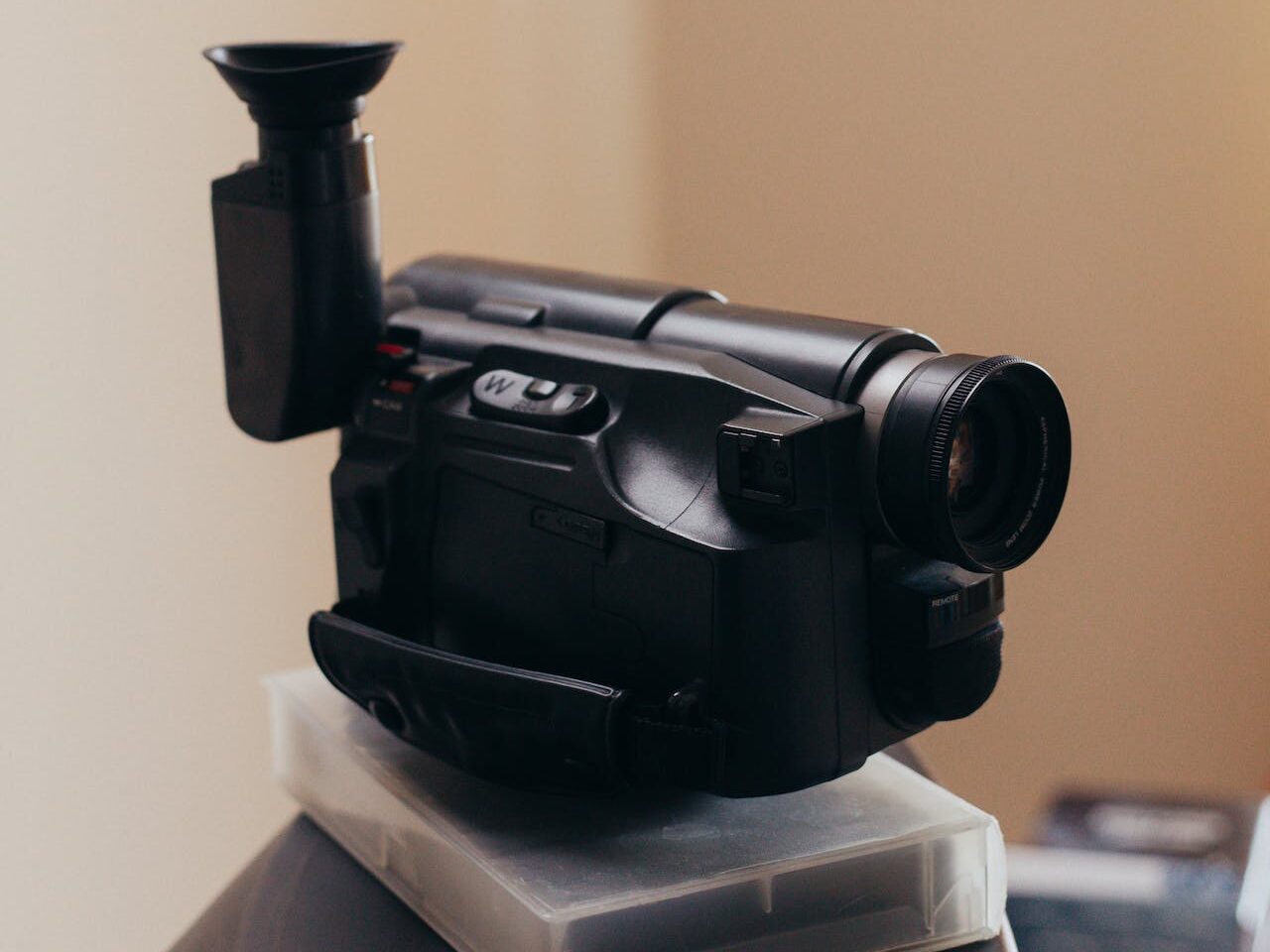
The cinematic landscape witnessed a profound shift with the rise of independent filmmaking, reshaping not only the industry but also the paradigm of filmmaking education. Independent filmmakers, driven by passion and creativity, embraced a DIY ethos, challenging the traditional norms and offering a fresh perspective on storytelling.
Make Way for the Little Guys
In the realm of filmmaking education, the rise of independent cinema played a pivotal role in broadening the horizons for aspiring filmmakers. The emphasis shifted from the grandeur of Hollywood to the authenticity of individual narratives. With home video equipment becoming consumer-friendly, independent filmmakers became the torchbearers of a movement that celebrated raw talent, innovative approaches, and a fearless exploration of storytelling.
Learning on Their Own
This shift brought forth a new era of learning, where aspiring filmmakers were no longer confined to the structured curriculum of traditional film schools. The rise of independent filmmaking meant that education could happen organically, with hands-on experiences and a focus on practical skills. The essence of filmmaking education now lies in the journey of creating films, learning through trial and error, and embracing the unique challenges posed by independent projects.
Online Communities
Online platforms and communities became hubs for sharing knowledge, experiences, and resources. Aspiring filmmakers could connect with independent creators through forums or podcasts, learn from their journeys, and contribute to the evolving dialogue of filmmaking. The democratization of technology and distribution channels empowered individuals to forge their paths, redefining success in filmmaking not solely by industry standards but by the impact and authenticity of their stories.
The rise of independent filmmaking marked a profound change in the narrative of filmmaking education, encouraging aspiring creators to chart their courses with a spirit of independence, resilience, and a deep passion for storytelling. In this new era, learning to make movies became not just an academic pursuit but a personal and artistic journey, echoing the sentiment that every filmmaker has a unique story to tell.
Challenges and Opportunities: Navigating the Modern Filmmaking Educational Landscape
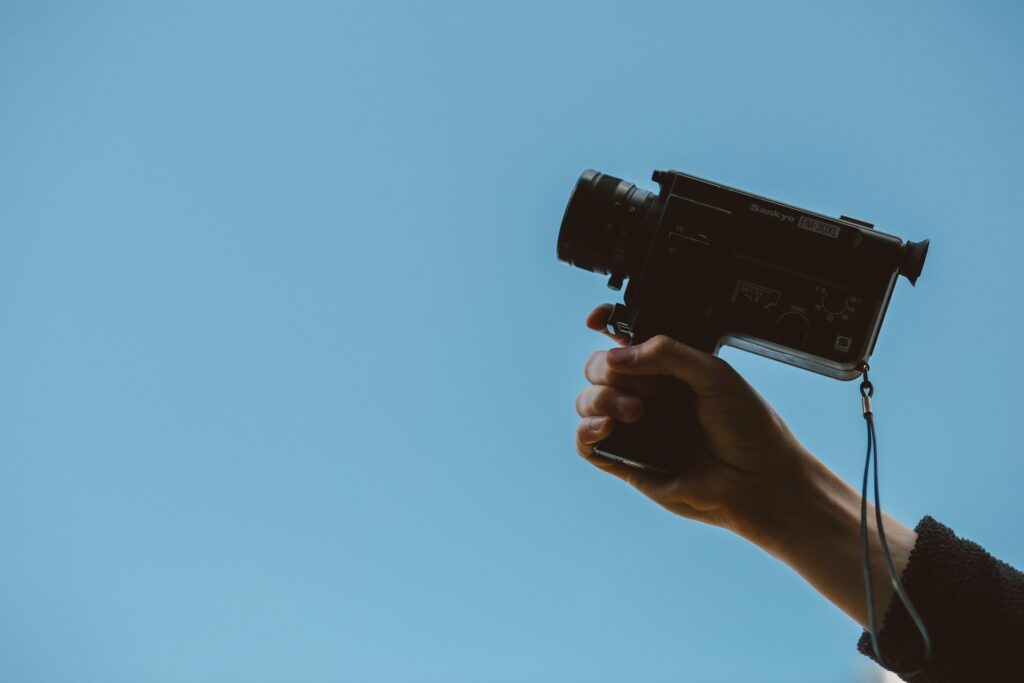
As we immerse ourselves in the modern filmmaking educational landscape, it’s crucial to acknowledge both the challenges and the opportunities that come with this dynamic shift in learning.
The Challenge of Overabundance
With the proliferation of online content and courses, one challenge is sifting through the abundance of information. Aspiring filmmakers may feel overwhelmed by the sheer volume of resources available, making it essential to curate their educational journey thoughtfully. Thankfully, The Film Fund has a host of articles to read and learn from to make your next filmmaking experience better than the last.
Keeping Pace with Technological Advancements
The rapid evolution of filmmaking technology poses both a challenge and an opportunity. Staying current with the latest tools and techniques is crucial for filmmakers, but it can be a daunting task. Embracing a mindset of continuous learning and adapting to technological advancements is key to thriving in the ever-changing landscape of filmmaking education.
Balancing Theory and Practical Experience
While theoretical knowledge is vital, striking a balance between theory and hands-on experience remains a challenge. Filmmaking is an art best learned by doing, and aspiring filmmakers should seek opportunities to apply theoretical concepts in real-world scenarios. This experiential learning approach enhances both understanding and skill development in the craft of filmmaking.
Opportunities for Diverse Perspectives
The modern landscape presents an exciting opportunity to embrace diverse perspectives in filmmaking education. Online platforms and communities bring together creators from various backgrounds, fostering a rich exchange of ideas and experiences. Filmmakers now have the chance to learn from a global community, gaining insights that transcend cultural boundaries.
In navigating these challenges and opportunities, the modern filmmaking educational landscape encourages a proactive and adaptable mindset. Embracing the learning journey with a blend of critical thinking, hands-on practice, and collaboration with a diverse community opens doors to a world of creative possibilities for aspiring filmmakers.
Conclusion
The evolution of filmmaking education, as we’ve explored it, resembles a rich tapestry woven with threads of passion, innovation, and adaptability. From the early days of hands-on apprenticeships to the digital age of online communities, the journey of learning to make movies is as diverse as the stories it seeks to tell.
In conclusion, the evolution of filmmaking education is not a linear path but a dynamic adventure—one that invites you to be both a student and a storyteller. As the credits roll on this exploration, consider it an open invitation to dive deeper into the world of cinematic craft, armed with the knowledge that the best stories are yet to be told, and perhaps, yours could be the next one to captivate the world.
And if you’re committed to taking that deeper dive into cinema but are short on money, check out our film funding contest! You could win up to $10,000 in funding for your short film and it all starts with just a single sentence summary of your film. Head on over to our sign-up page to learn more and enter now!
